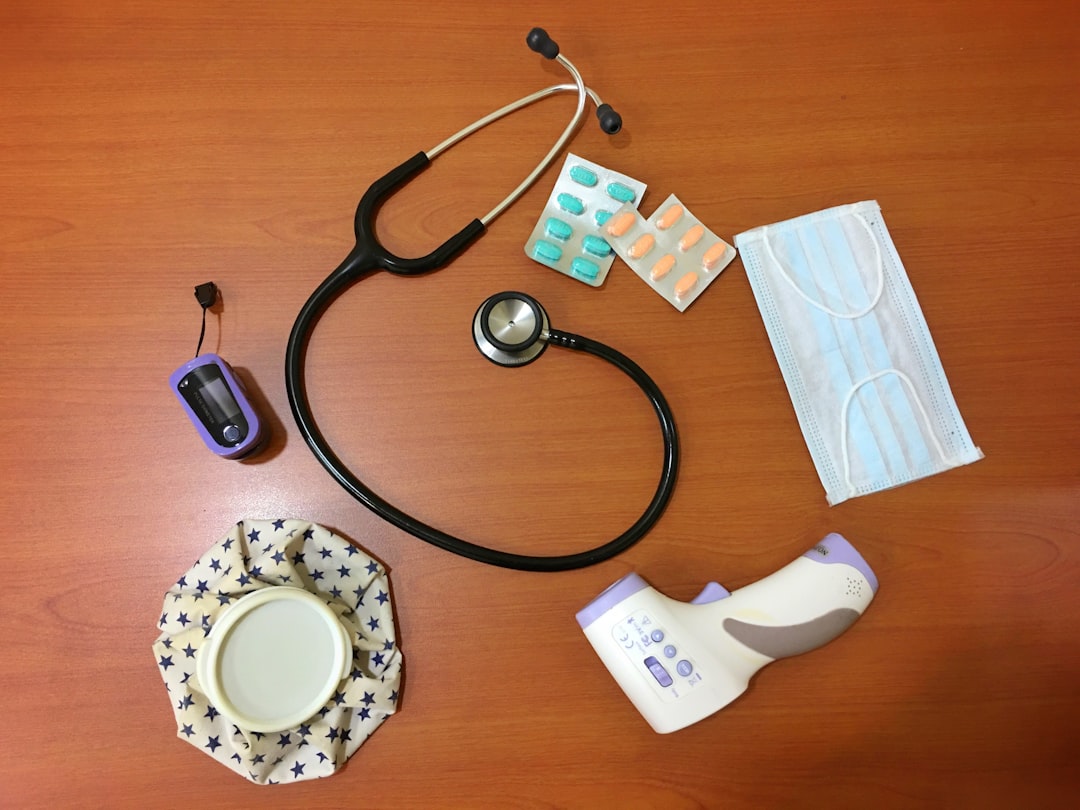What is it about?
This article is for the first time to confirm that EVERY 2‐DE spot contains many proteins (over 50 to several hundreds) in analysis of human complex cancer tissue proteome, and most of proteins are low‐abundance proteins. Multiple proteins per spot confirm the necessity of isotopic labeling in large‐scale quantification of different protein species or proteoforms in a proteome. Many proteins were present in several of the analyzed spots showing the ability of 2‐DE‐MS to separate at the protein species or proteofrom level. 2‐DE coupled with high‐sensitivity LC‐MS is a powerful approach to detect, identify, and quantify protein species or proteoforms, and exceeds the resolution power of bottom‐up LC‐MS.
Featured Image
Why is it important?
Two-dimensional gel electrophoresis (2DGE) was invented in 1975. After that 40 years, the convential concept is that each 2D gel spot only contains 1-2 proteins, only some spots contain several proteins or occasionally at most a dozen proteins, in the analysis of complex proteome. This basic concept is the basis for one to use gel spot-volume difference for determination of a differentially expressed protein between two given conditions such as tumors vs. controls. There are lots of publications using this type of 2DGE-based comparative proteomics. In 2015, we initially found that 830 nonredundant proteins were identified in 18 2D gel spots, and of them 258 nonredundant proteins were identified in at least 2 spots (JASMS, 2015; 26: 2062-2076 - supplemental table 1). This article, FOR THE FIRST TIME, found that EVERY 2D GEL SPOT in a 2D gel map contains over 50 or even hundreds of proteins in analysis of complex human proteome. This finding completely breaks through the convential concept about 2DGE, and shakes the basis of the conventional 2DGE-based comparative proteomics. More importantly, this article found that most of proteins in each 2D gel spot are low- or extremely low-abundance, and that the same gene-encoded proteins are distributed within multiple spots in a 2D gel map, with different isoelectric point (pI) and molecular mass (Mr). Thus, the basic concept of 2DGE is innovated, and shifted as that every gel spot (or gel pixel) contains multiple proteins (exactly should be proteoforms) derived from different genes, and the same gene-encoded proteins (exactly should be proteoforms) are distributed within mulitple gel spots (or gel pixels) with different pI and Mr in a 2D gel map. Therefore, a 2D gel spot does not represent a protein, and a protein (a protein is defined as a set of proteoforms) does not distribute in only one gel spot. Based on the new concept of 2DGE, stable isotope labeling is necessary to couple with 2DGE-LC/MS for determination of differentially abundanted proteins or differentially abundanted proteoforms. This isotoptic labeling-2DGE-LC/MS has great potential in large-scale study of human proteoforms, which exceeds the resolution power of bottom-up LC-MS. About this issue, the authors have in-depth discussed this topic in their another review/perspective article (Zhan X, et al. Med One. 2018; 3: e180006. https://doi.org/10.20900/mo.20180006; https://mo.hapres.com/htmls/MO_973_Detail.html)
Perspectives
This study will significantly move this field forward, and promote the development of stable isotope labeling coupled with 2DE-LC/MS in large-scale study of human proteoforms. It is a highly powerful technique platform in analysis of human proteoforms to discover proteoform biomarkers and drug targets for effective management of diseases.
Professor Xianquan Zhan
Xiangya Hospital, Central South University
Read the Original
This page is a summary of: How many proteins can be identified in a 2DE gel spot within an analysis of a complex human cancer tissue proteome?, Electrophoresis, February 2018, Wiley,
DOI: 10.1002/elps.201700330.
You can read the full text:
Contributors
The following have contributed to this page










